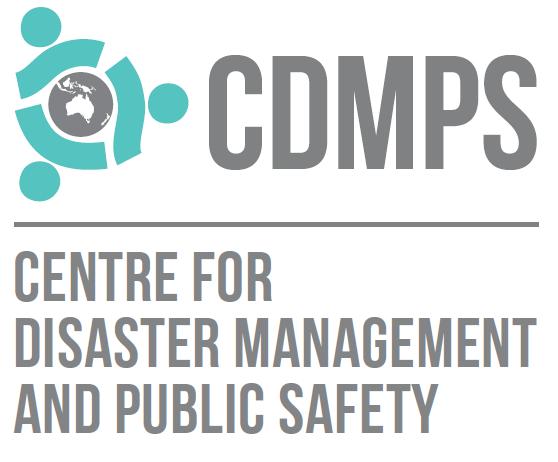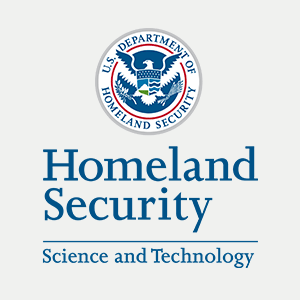Overview
Rapid integration of information from diverse information sources such as IoT sensors plays a key role in responding to emergencies and disasters. The number of these sources grows rapidly with the growing number of cell phones and other mobile devices and also with the growing number of different types of IoT sensors that are included in those devices, or that are attached to other kinds of equipment or mounted at fixed locations. Cameras and health and environment sensors on IoT devices mounted on or in equipment worn or carried by first responders and on their vehicles, including UAVs, have particular value in emergency and disaster scenarios. Data from a sensor has little or no value without context information. For example: A videocam shows a firefighter approaching a burning vehicle. Who is that firefighter? What assets and risks are nearby? Context information requires IoT data integration.
The value of all these information sources depends on the ability of incident responders’ applications to detect their existence, know their state, locations, descriptions, software interfaces and access rules, and to integrate the information coming from the sources. The IMIS IoT Pilot demonstrated how all of this is possible today. The pilot was designed to apply, test and demonstrate, in real world applications, Standards Based Commercial Off-The-Shelf (SCOTS) products that already implement or will soon implement existing OGC standards and related open standards from other standards organizations.
A real-world scenario for the Pilot was created in collaboration with first responders. The scenario depicts an incident in which fire, law enforcement, and emergency medical units must deploy, discover and integrate diverse sensors and platforms to gain situational awareness. Use cases in the scenario reveal specific interoperability requirements.
The project aimed to prototype and demonstrate standards-based approaches to address a series of challenges that hinder effective use of large numbers of diverse sensors for use in emergency response and disaster situations.
Key Objectives:
- Apply Internet of Things (IoT) principles to sensing capabilities for incident management
- Test the feasibility of sensor deployment and exploitation by first responder groups
- Prototype standards-based architectures for sensor-derived situational awareness that is shared across multiple responder organisations...
- Create IoT specifications and best practices for incident management through a process of broad collaboration among stakeholders, rapid iterative development, and running code.
Key Outcomes
The IMIS IoT Pilot produced initial specifications, profiles, best practices and demonstration designs for connecting sensors and response information systems in an ad hoc fashion for management of such incidents. The results have been documented in a series of reports:
- IMIS IoT Architecture Engineering Report: Describes the overall architecture of the systems developed and deployed during the IoT Pilot, analyzes lessons learned, and summarizes overall technical results of the project.
- Recommendations for Protocol Mapping IoT Devices to SWE Engineering Report: Describes details of solutions for mapping and routing IoT protocols to Sensor Web Enablement (SWE) interfaces and payloads developed and tested during the Pilot. Recommends practices for design of sensor hub (S-Hub) components that provide a SWE-compatible Internet presence for locally connected IoT devices.
- IMIS Profile Recommendations for OGC Web Services Engineering Report: Provides recommendations for changes to, or profiles of, existing standards as well as other recommended practices and/or application schemas developed or realized during the Pilot.
Major Activities for 2016-2017
The Open Geospatial Consortium (OGC®) announced the successful completion of the OGC Incident Management Information Sharing Internet of Things Pilot Project (IMIS IoT Pilot) on 8 March 2016
Research Team
Dr Mohsen Kalantari, Professor Abbas Rajabifard, Mr Farzad Alamdar
Research Partners and Collaborators
This project was funded by the US Department of Homeland Security (DHS) Science and Technology (S&T) and The Integrated Justice Information Systems (IJIS) Institute. This pilot is coordinated and led by Open Geospatial Consortium (OGC) and took from July 2015 until February 2016.
The University of Melbourne is one of nine organisations from around the world with successful grant applications.




